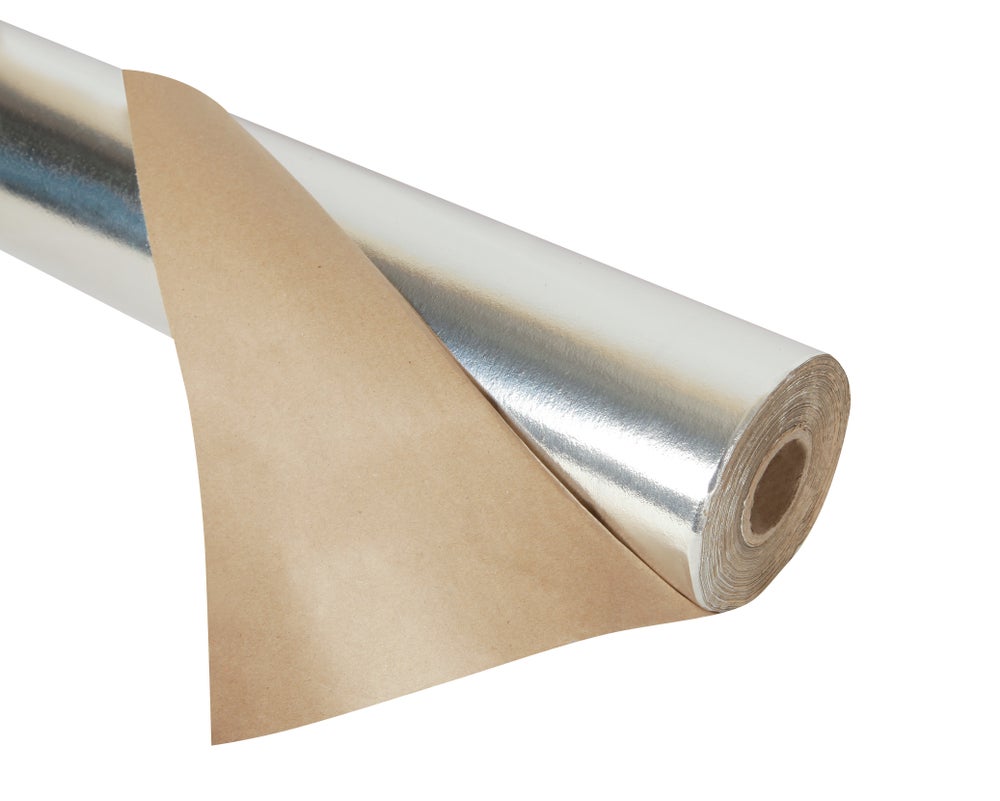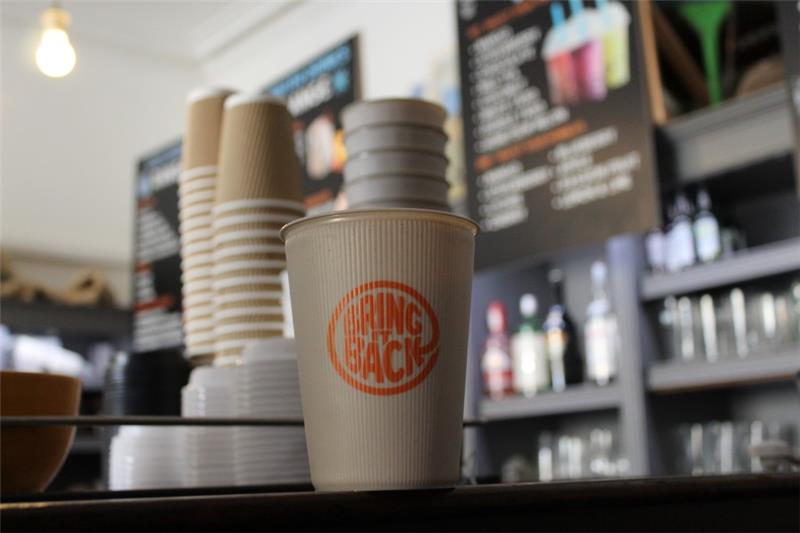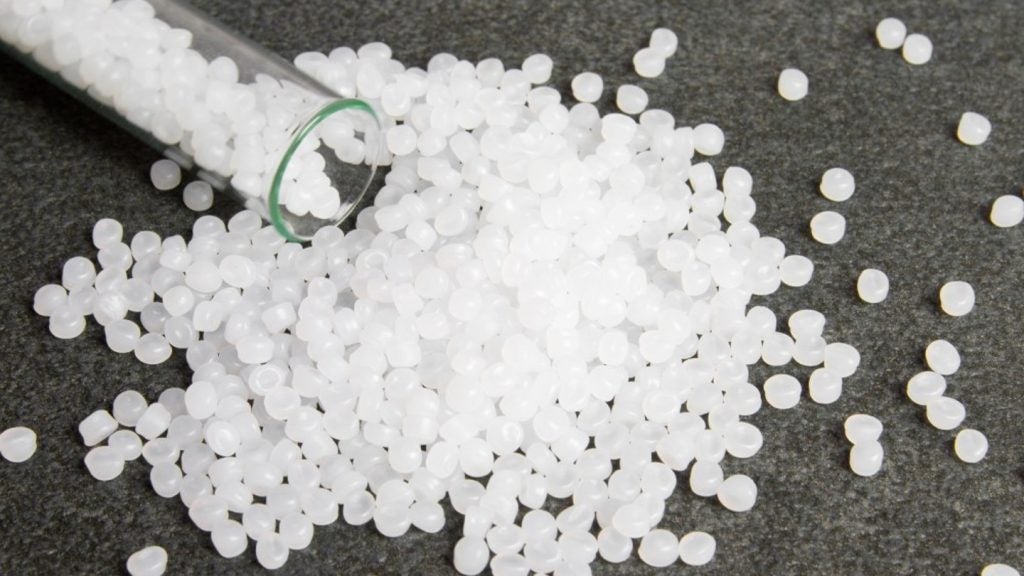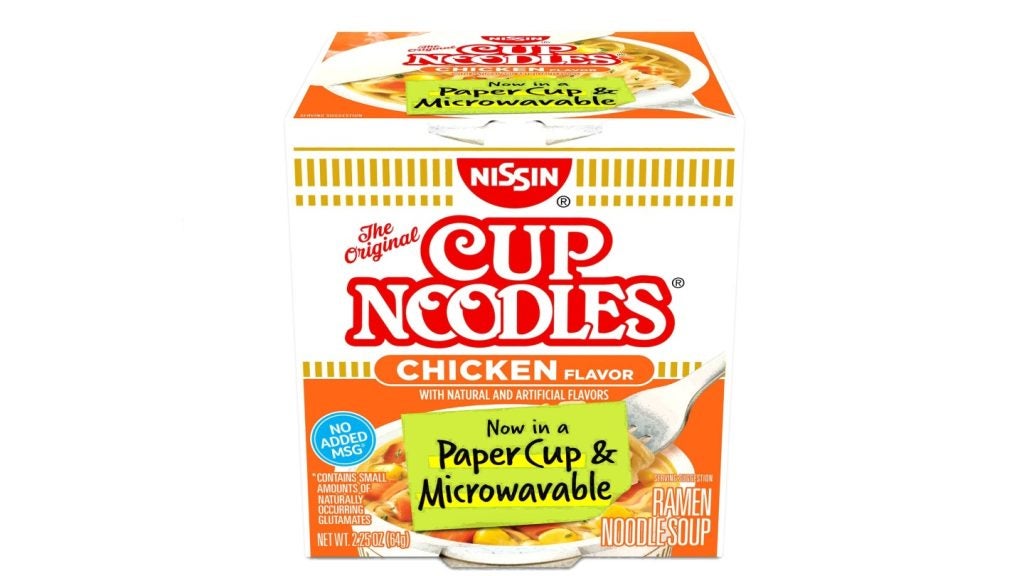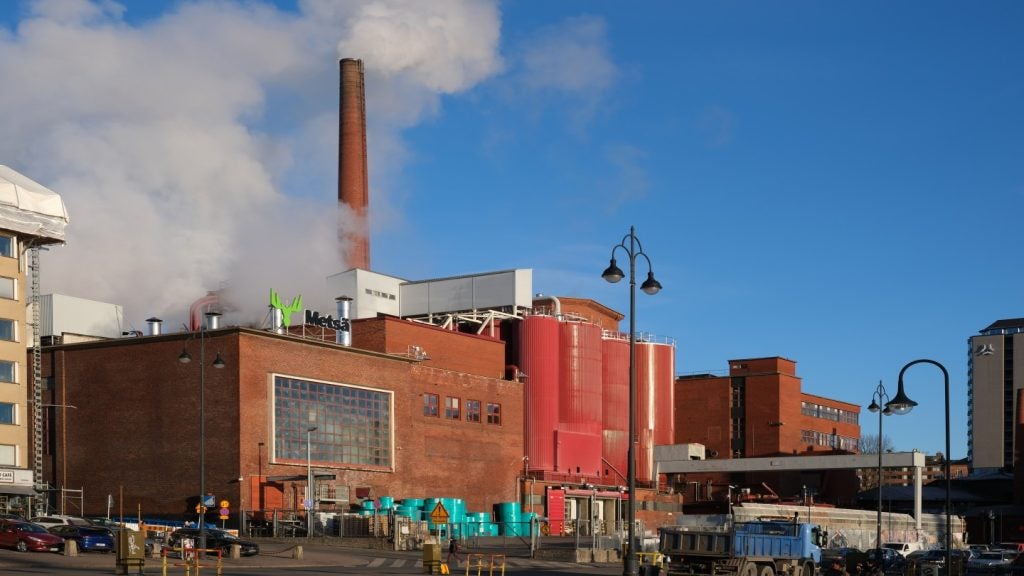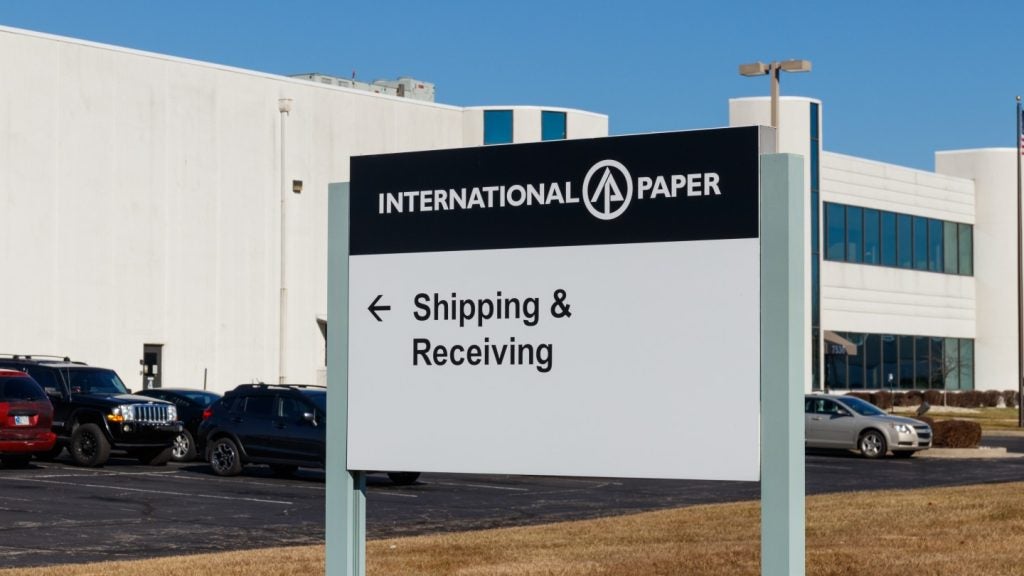Barrier coatings, often overlooked, play a crucial role in ensuring your hot coffee doesn't soak through your paper cup and that your lasagna stays fresh and safe to eat.
But their impact goes beyond that; they're leading the charge in reducing plastic waste and pushing the boundaries of sustainable packaging.
For a wide range of packaging applications, especially those involving food and liquids, the use of fibre-based materials like board and paper is becoming increasingly popular.
However, these materials have one big limitation - they lack the natural protective properties that plastic provides. This is where barrier coatings come into play.
The role of barrier coatings
Barrier coatings are like the vigilant guardians of packaging materials. They are most commonly found in primary packaging, the part that directly touches the product, and their main mission is to bolster the protective qualities of fibre-based materials.
This enhancement enables them to serve in a multitude of demanding roles, even taking the place of plastic packaging in various exciting new applications.
In the world of fruit packaging, for example, barriers play a crucial role. They prevent fruit loss by controlling the exposure of fruits to ethylene gas, thus extending the freshness and quality of the produce.
A deeper dive into barrier coatings
If you're curious to learn more about barrier coatings and how they contribute to sustainable packaging, or if you're interested in innovative solutions, this guide is a treasure trove of information.
In addition to understanding the intricacies of barrier coatings, you can explore insights into sustainability and innovation in the packaging industry. Plus, discover a wide range of barrier solutions and see some real-world product examples.
Whether you're new to the world of packaging food and liquids or considering replacing plastic in your current packaging, this guide is an excellent starting point to uncover the wonders of barrier coatings.


